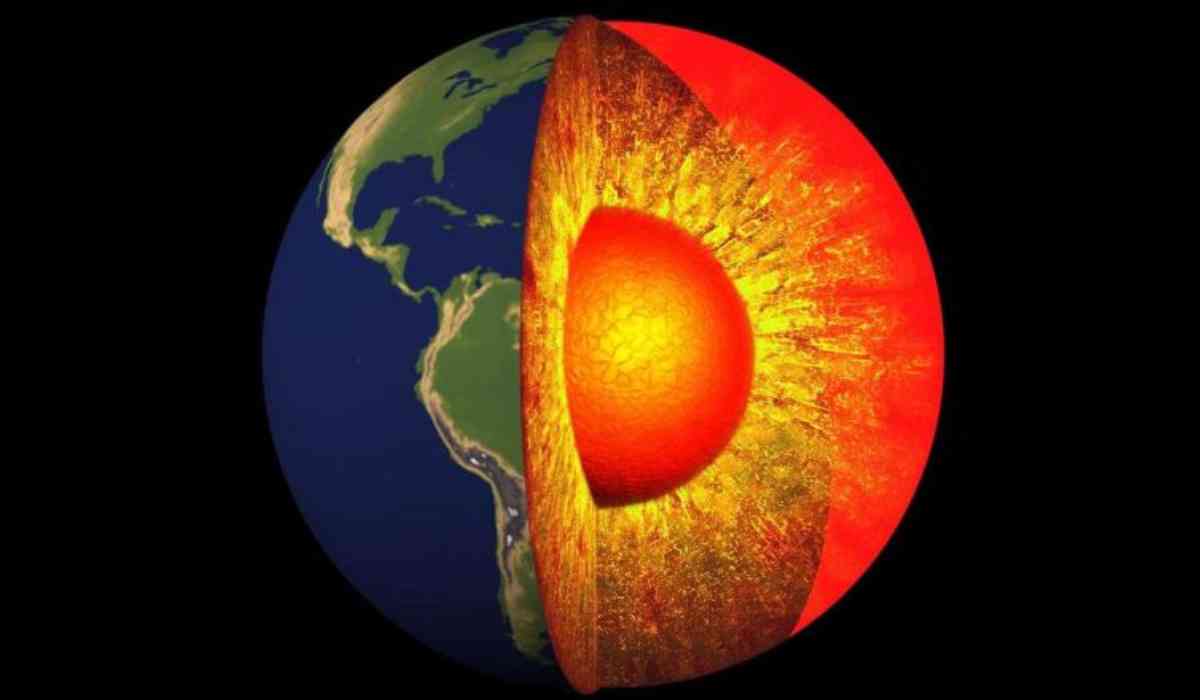Geochemists from the California Institute of Technology and Woods Hole Oceanographic Institution conducted a study on 62-million-year-old lava rocks on Baffin Island in Canada's Arctic Archipelago and revealed the presence of exceptionally high concentrations of helium-3, a rare isotope closely associated to our planet Earth's core. Thus the researchers assert that this represents the most convincing evidence of a gradual 'leak' from Earth's core.
A research paper detailing this discovery was featured in Nature. The study's findings, published in the journal Nature on Wednesday, October 18, have however sparked extensive debates among experts and fellow researchers.

The study is founded on the detection of helium traces with concentrations that have never been previously observed. The landmass of Baffin Island has the highest ratios of both helium-4 and helium-3, alongside a third isotope that is typically found in terrestrial volcanic rocks. The scientists found that the ratio of helium-3 to the far more abundant helium-4, is 67 times higher in the ancient lava rocks than anywhere else on Earth, surpassing atmospheric levels.
The amalgamation of their findings with a previous analysis of ancient lava flows had remarkably high helium-3 quantity, the scientists came to a decision. They think that hidden pockets of this rare gas might be buried about 2,900 kilometres beneath the Earth's surface.
The research team underlines the significance of this discovery, as detecting such elevated levels of helium-3 at a terrestrial location is a remarkable occurrence. Helium-3's extreme rarity further emphasises the uniqueness of this find.
Helium-3
The majority of the universe's helium traces its origins to the Big Bang, which transpired 13.8 billion years ago. Some of this helium was absorbed by Earth during its formation, while another portion was expelled.
Scientists remain unsure about how much helium remains trapped inside the Earth. There are reserves of Helium deep underground, within the Earth's mantle and core, residuals from the planet's formation from the same nebula that gave birth to the Sun.
Is the Earth's core leaking ?
The Earth's core, a vast sphere of molten iron, was traditionally believed to be sealed and chemically stable.
The initial detection of this leak occurred several years ago when geochemist Forrest Horton from the Woods Hole Oceanographic Institution identified helium isotope ratios in samples of olivine collected from Baffin's lava fields. These ratios were found to be as much as 50 times higher than atmospheric levels, a remarkable discovery even in comparison to mantle standards.
The discovery of helium leaking out can provide important information about how Earth was created, giving us a better understanding of how planets like Earth come together from dust and very old gas. The gas found in the lava that comes out of volcanoes is from the Earth's mantle, which shows us a bit of the planet's history from a long time ago.

If it is proved that the Earth's core is indeed leaking, it could open up new opportunities for scientists to explore the Earth's core materials, a realm of study that has never been accessible before.
However, Further research is necessary to definitively confirm whether Earth's core is indeed releasing helium to the surface. And Humans have yet to penetrate deeper than 12,265 metres, failing to breach the Earth's crust and access the layers below.
PC: X
© Copyright 2023. All Rights Reserved Powered by Vygr Media.


























